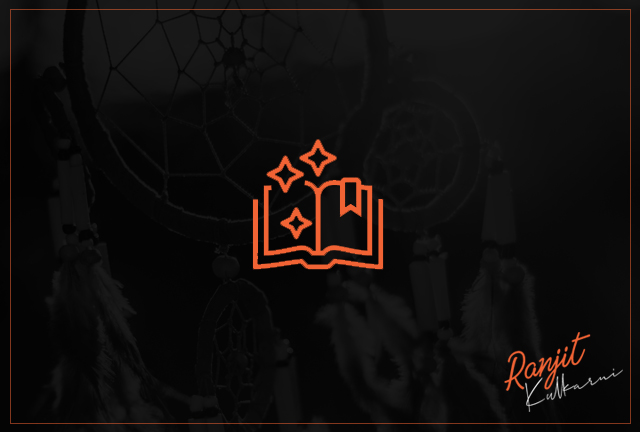“Yesterday a friend of mine said that he used to have a Professor who taught them Market Research and Quality Management, and who repeatedly made a statement that none of his students will perhaps ever forget.” Jigneshbhai started today’s coffee conversation with an almost unexpected academic background.
Swami and I waited for him to complete though were surprised with this academic spin. Jigneshbhai read out from a piece of paper. “This is what he told them apparently.”
“The problem with a problem is not the solution, but the problem. It is easy to jump to a solution without knowing what the problem is. If you know the precise problem, anyone will tell you the solution. But if you know the solution first, you will go searching for problems that it can solve. Your job is to uncover problems and discover solutions.”
“Profound, isn’t it?” Jigneshbhai looked up at me and Swami after finishing.
It seemed a bit jumbled up maybe, I thought, but was indeed profound.
Jigneshbhai went on to give numerous examples that his friend had given him when they had met, and Swami and I listened in.
He said how the problems you will be asked to solve could be as broad as falling revenue. And such problems could have any number of solutions from bad products or wrong pricing to bad timing or purely better competition, or something completely different.
“Each of which you could potentially justify if you were in the right position in your organization. But if you define the problem well enough, the solution will speak for itself,” he used to say.
Finally Jigneshbhai ended with this. “I wish the academics and people who run education in this country learn from such academics themselves first!”
Clearly, he was referring to the problem (or the solution) of common entrance tests.
The current solution of having a common entrance tests for all institutes (including the IITs) with couple of layers of screening and using a complex mechanism that gives weight to board exams, normalizes them, and then provides a ranking is a solution of that kind.
“We have a solution, but don’t quite know which exact problem it is supposed to solve.” Jigneshbhai had said. He had done some research into this problem, nay solution.
“One of the problems it is supposed to solve is the problem with coaching classes mushrooming all around. Well – it is true that there is full-fledged coaching industry that is almost a parallel college system, and that is perhaps trusted more by the students than their colleges itself. But why is it a problem and for whom is not quite clear.”
“The second problem it is supposed to solve is that students have a lot of stress focusing on IIT exams and giving weight to board exams gives them a second chance, else they may mess up both. Now this is a problem, not just one – but many.”
“When we used to be students, we used to call getting into IITs or IIMs as the Double I syndrome. The rule was – whatever you do, get into a college that starts with ‘Indian Institute of’ and you are safe for life.” Swami had interjected Jigneshbhai. “Perhaps that has still not changed. There are a few more Double I institutes now, but the underlying Double I syndrome well and truly exists. And it leads to extreme stress for students.” Swami elaborated.
“That’s a problem – but how giving them one more exam to prepare for reduces it is another question.” Jigneshbhai agreed with Swami, partly so to speak.
“The third problem it is supposed to solve is that only students with money and access to coaching have any chance to get into the best institutes. Well even that is true to a large extent. And it is necessary to enable everyone to have this access. But again – the problem is not the problem, but the solution.”
“One more problem is that Board exams are neglected by students in pursuit of IIT. Well, even that is a problem – but only to a certain section of students. Those students are still likely to do the same whatever one does. So again how does this solution ensure that this does not happen is not clear.”
So there we are. We have a solution. And we have a set of problems, Swami and I thought.
Like Jigneshbhai’s friend’s professor had said, it does look like there is a solution that is in search of problems to fix.
The old wealthy man in the sprawling bungalow had dropped on to our table then and, as we left, had spoken up what the wise professor might have otherwise said.
“If you have a solution before you define the exact problem you are trying to fix, I can assure you that you have a bigger problem.”
